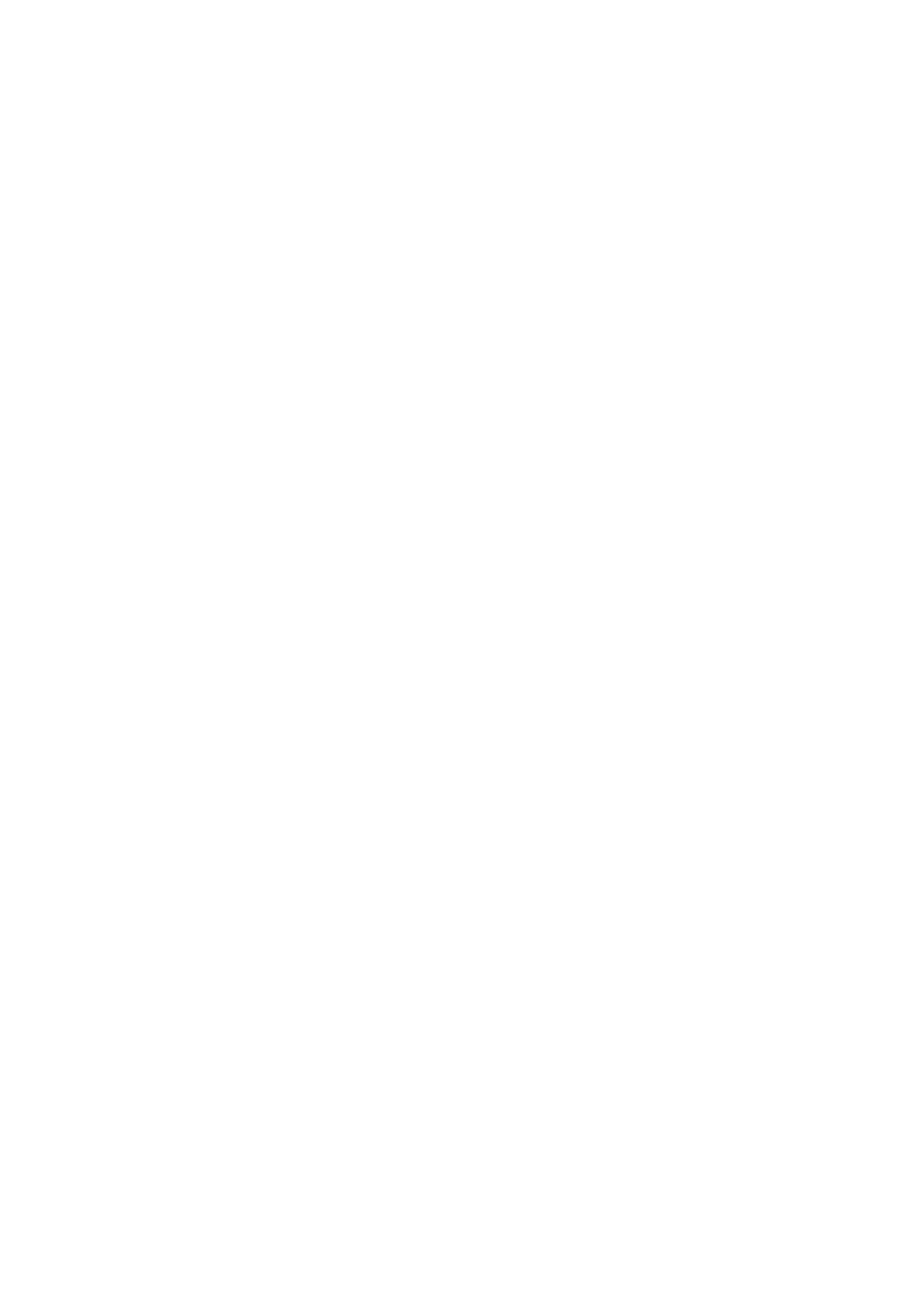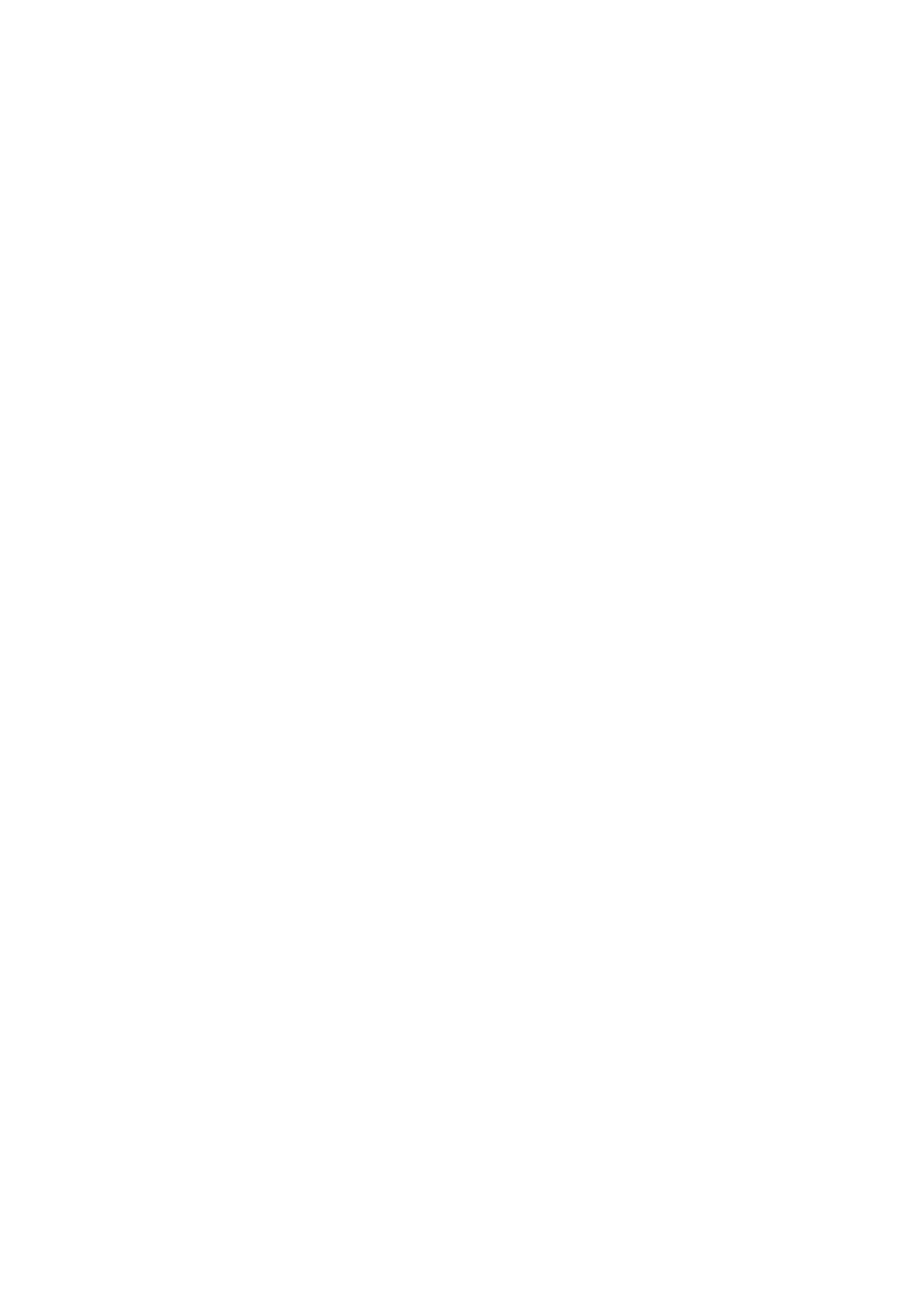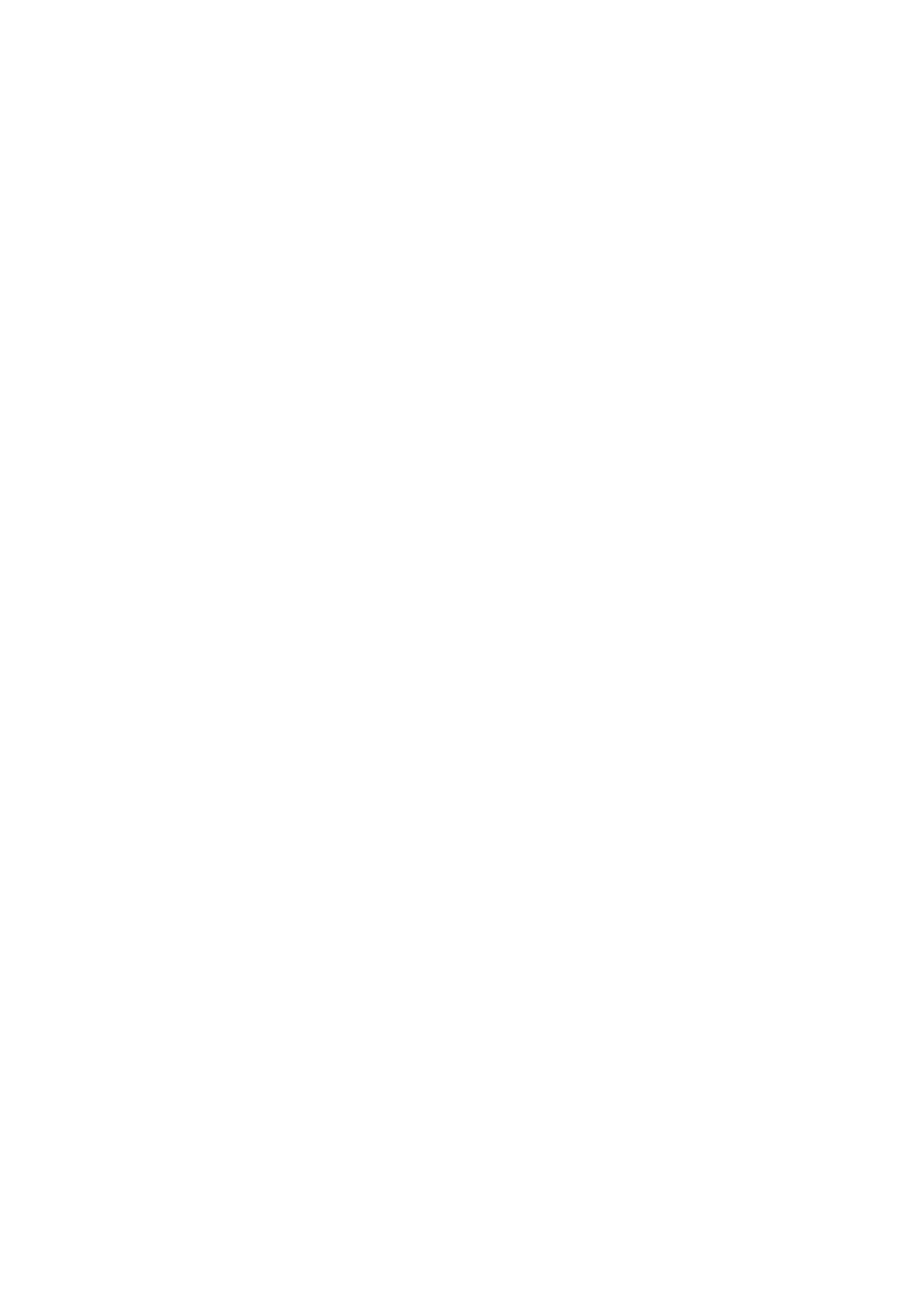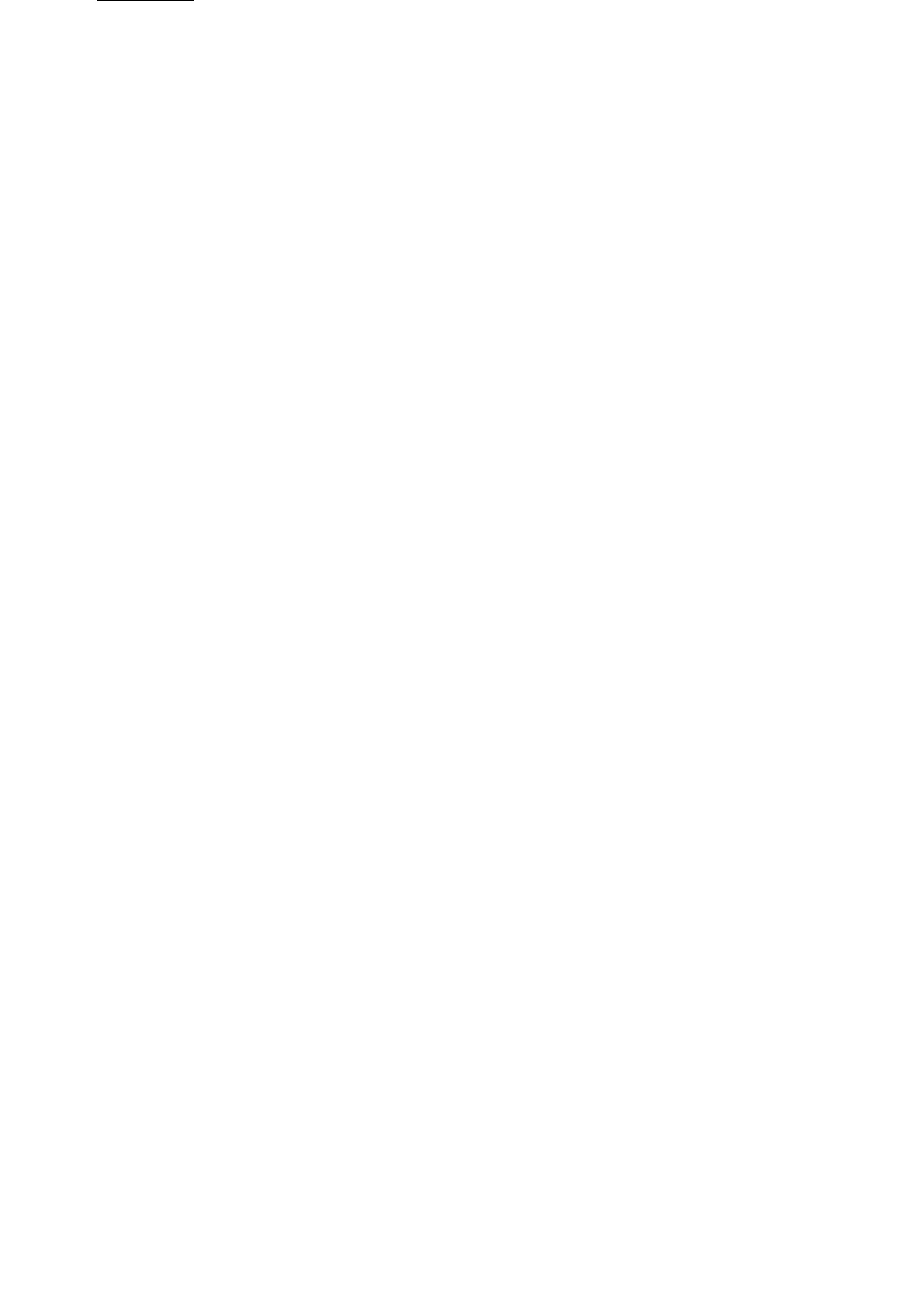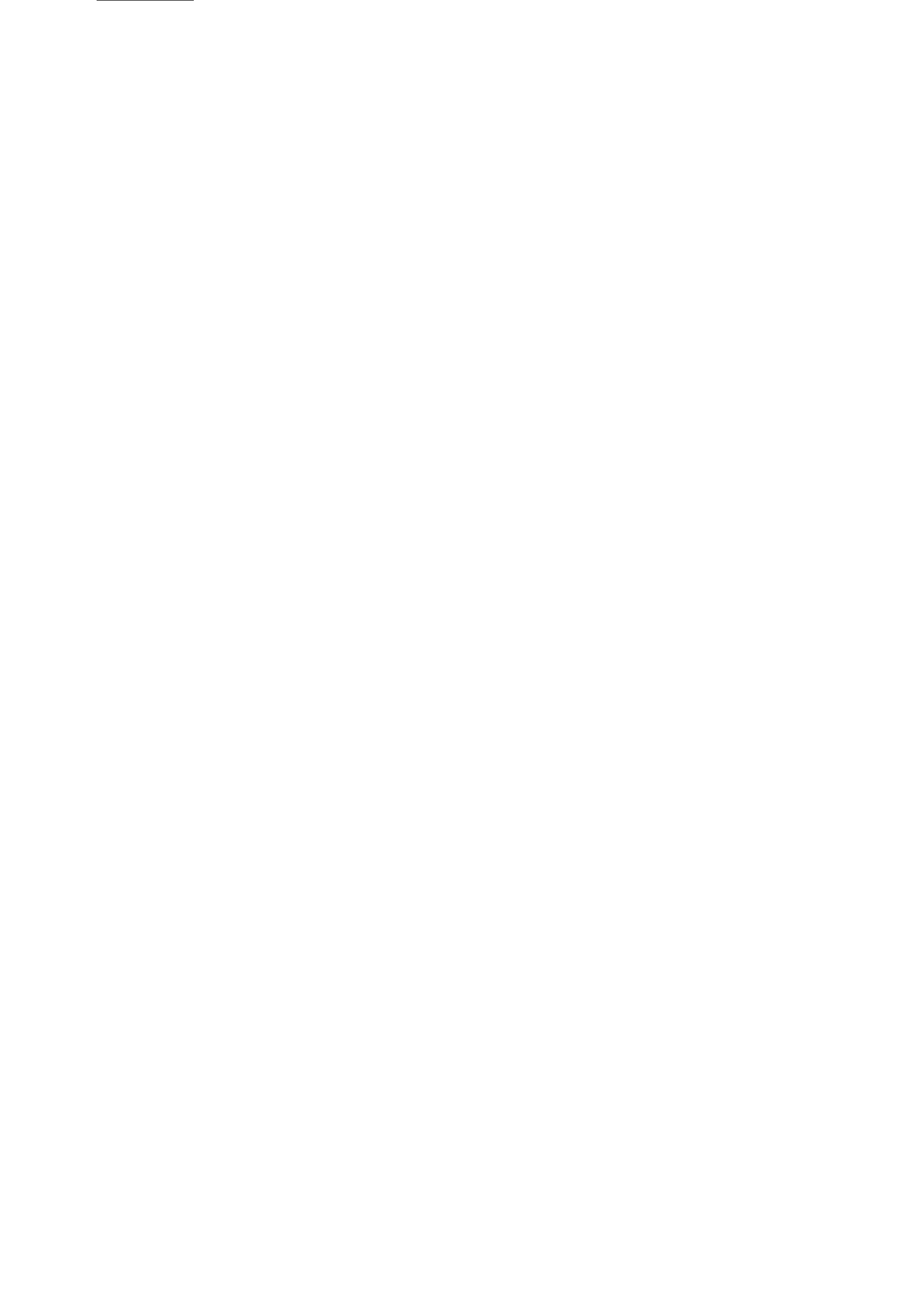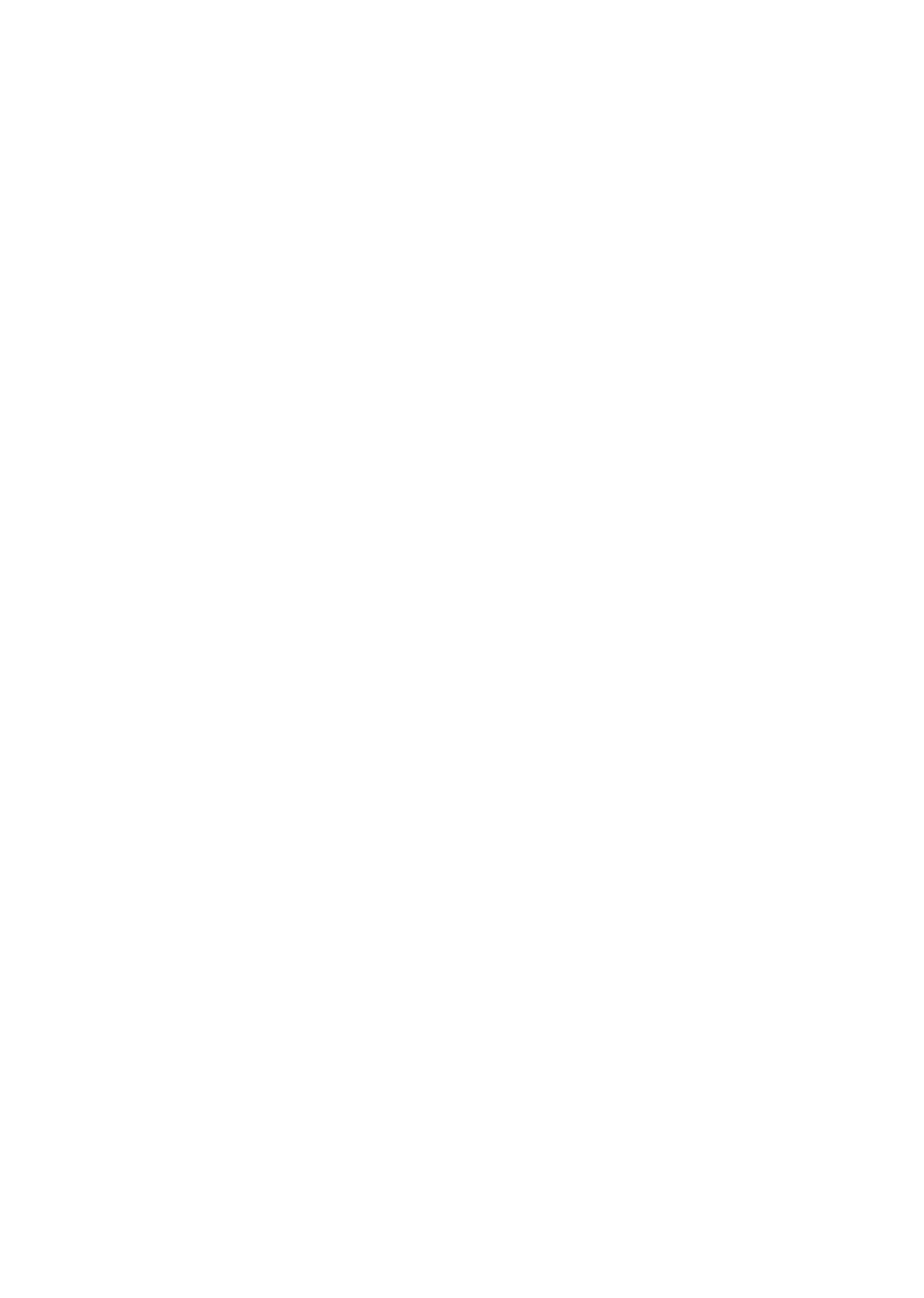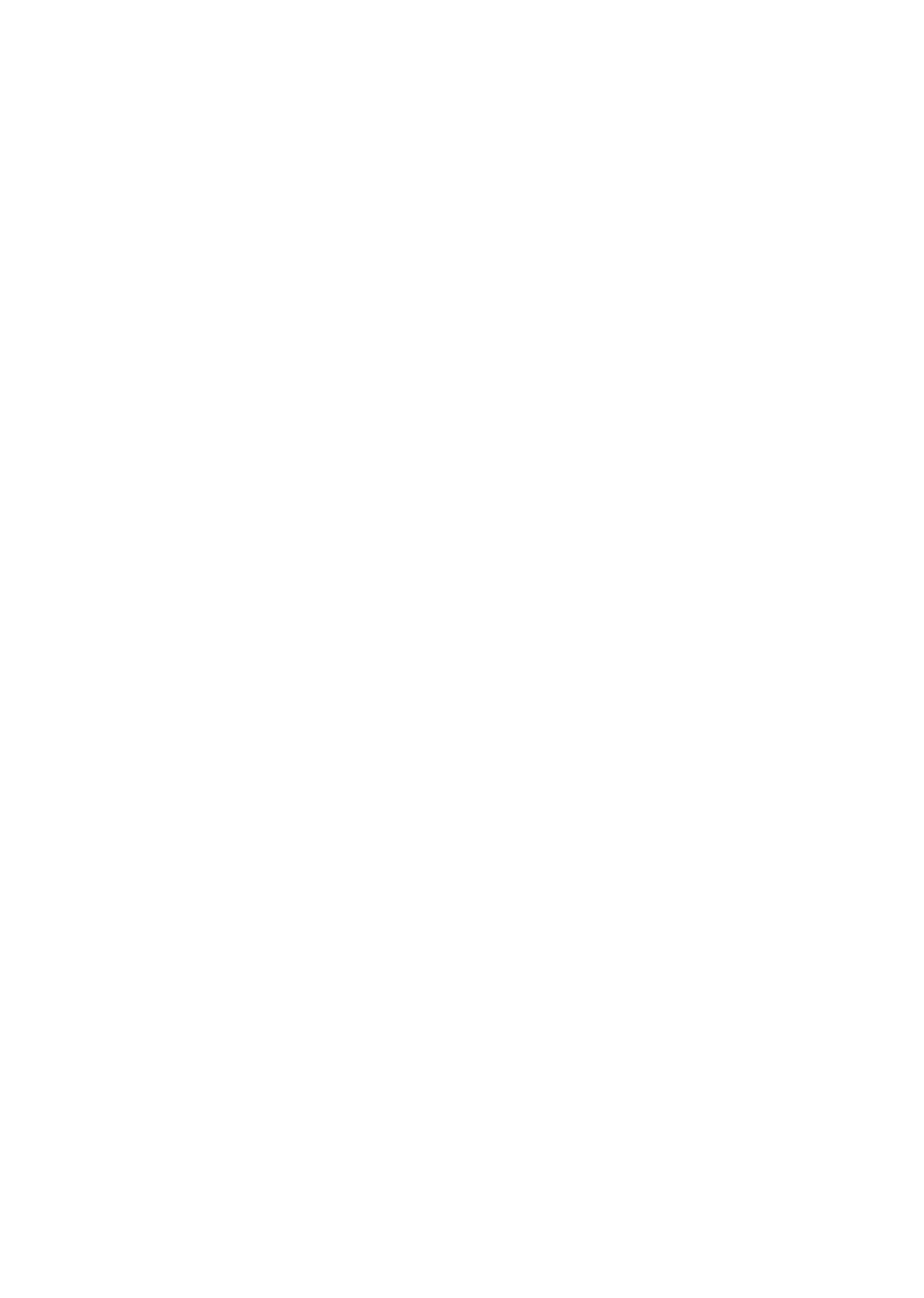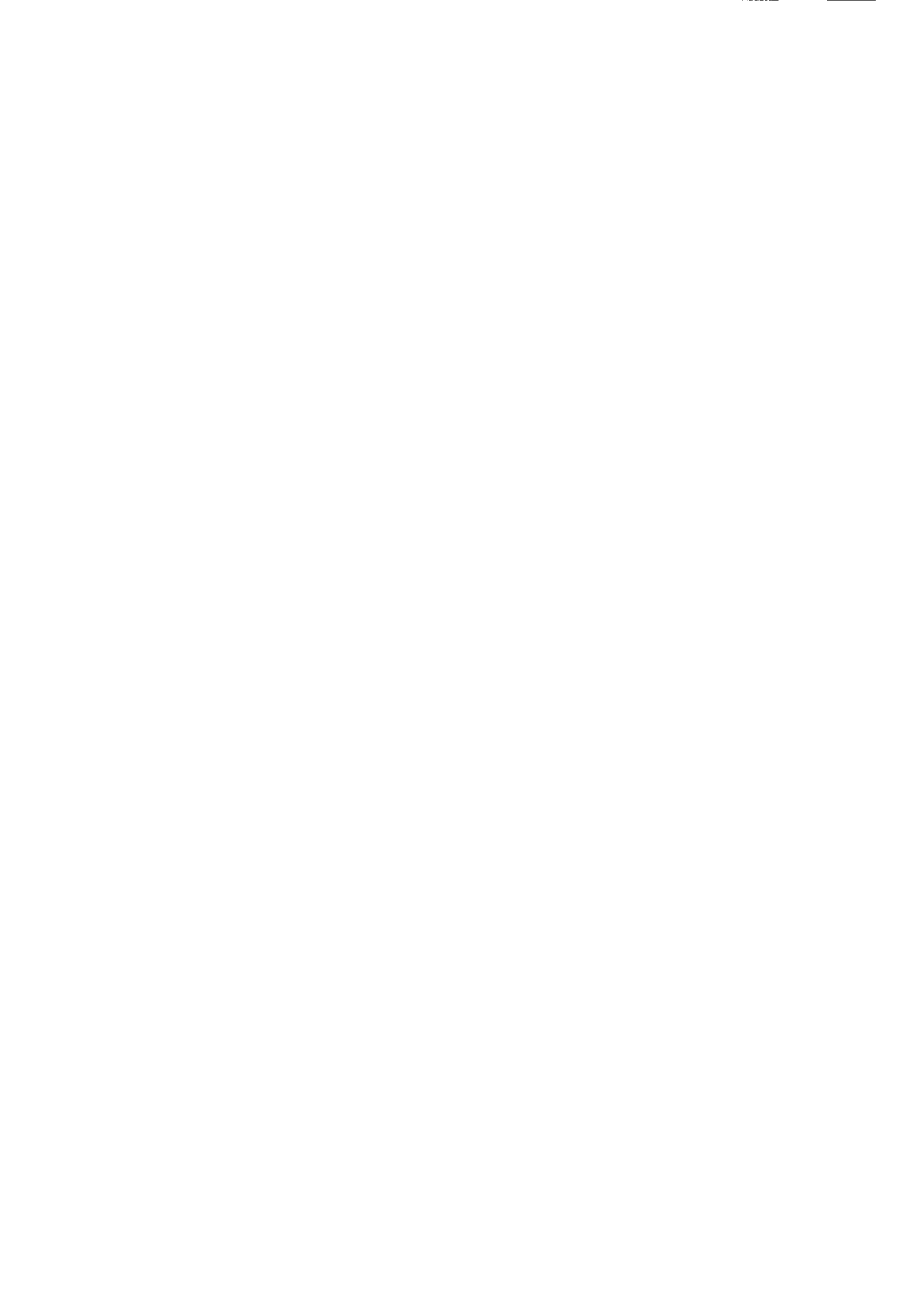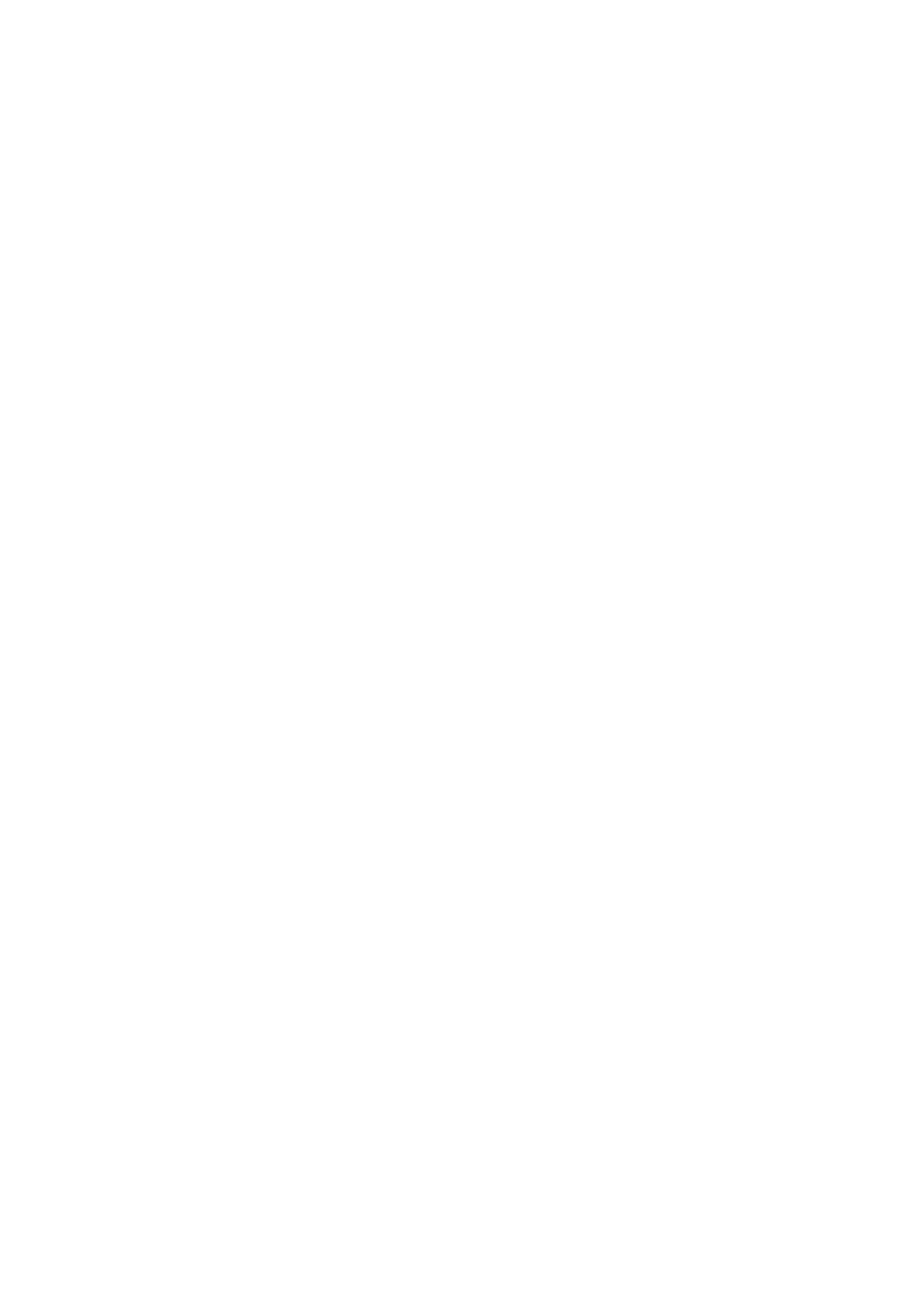Copy
BEFORE THE ILLINOIS
POLLUTION CONTROL BOARD
RECEIVED
CLERKS OFFICE
SOYLAND
POWER
COOPERATIVE, INC.
)
NOV
022005
Petitioner,
p~iLVIn
~
vs.
)
PCB
No.: 06-
(Permit Appeal-Air)
ILLINOIS ENVIRONMENTAL
PROTECTION
AGENCY,
)
Respondent.
PETITION
FOR REVIEW OF FINAL PERMIT DECISION
COMES
NOW
the Petitioner,
SOYLAND
POWER
COOPERATIVE,
INC.,
by
its
attorneys,
RAMMELKAMP
BRADNEY,
P.C.,
and
pursuant to
Section
39.5 of
the Illinois
Environmental
Protection
Act
(415
ILCS
5/39.5)
and
35
III.
Adm.
Code,
Part
105,
Subpart
C,
hereby
requests
review
by
the
Illinois
Pollution
Control
Board
of
the
final
decision
by
the Respondent,
ILLINOIS
ENVIRONMENTAL
PROTECTION
AGENCY,
to
include
certain
terms,
provisions,
and
conditions
in
the
Clean
Air Act
Permit
Program
(CAAPP)
Permit
issued
for
Petitioner’s
electrical
power generating
station
located
near
the town
of
Pearl,
Pike
County,
Illinois.
In
support
of
this
Petition,
Petitioner states
as
follows:
1.
Petitioner,
SOYLAND
POWER
COOPERATIVE,
INC.
(Soyland),
is
an
Illinois
corporation
authorized
to
do
business
in
the
State
of
Illinois.
Soyland
operates
an
existing
electrical
power generating
facility
located
at Highway
100,
Pearl,
Pike
County,
Illinois.
2.
On
August
15,
1995,
Soyland
filed
with
the
ILLINOIS
ENVIRONMENTAL
PROTECTION
AGENCY
(Agency),
its
application for
a CAAPP Operating
Permit
for the above-referenced
Pearl
facility (‘the facility”).
Printed
on Recycled Paper
3.
On
September
29,
2005,
Donald
E.
Sutton,
P.E.,
and
Manager
of
the
Agency’s Permit
Section,
Division
of Air
Pollution
Control,
issued the final
approval
for
Soyland’s
CAAPP
Operating
Permit,
with
ID.
No.
1498
17AAB.
4.
The
instant
Permit
Appeal
is
timely
filed
in
accordance
with
Section
105.302(e)
of
the
Illinois
Pollution
Control
Board’s
Procedural
Rules,
which
requires
such
appeals
to
be
filed
within
35
days
of
final
Agency
action.
5.
With
this
Petition,
Soyland
seeks
appeal
and
review
of
terms
and
conditions found
in each
of the following
CAAPP Permit
sections:
Section
7.1.2;
Section
7.1.4(c);
Section
7.1.7(a)(i)(C);
Section
7.1.8(b);
Section
7.1.10-2;
Section
7.1.11(d)(1);
Section
7.1.12(b);
and
Sections
7.2.8,
7.3.8,
7.4.8,
and
7.5.8.
Each
of
these
Sections
will
hereafter
be
addressed in turn.
6.
Section
7.1.2:
Boiler
B1
is
correctly
identified
in
Section
7.1.2
as
a
“Foster
Wheeler
Boiler
Nominal
276
mmBtu/hr”
boiler.
Also
correctly
identified
is
the
presence
of
a
multiclone
and
wet
scrubber.
The
two
additional
pieces
of
emission
control
equipment
identified
in
Section
7.1.2,
however, are
incorrectly
listed
and
actually do
not exist
as
part of
Boiler
B1.
Boiler
BI
is
not
equipped
with
“Low-NOx
Burners
or
Over-
Fired
Air”.
These
two
additional
controls
for
NOx
emissions
were
the
subject
of
a
previously
issued
construction
permit
(Permit
No.
0350084),
which
would
have
allowed
Soyland,
in
conjunction
with
Air
Products,
to
participate
in
a
demonstration
project
involving
this
additional
emission
control
equipment.
The
anticipated
construction
did
not
occur
and,
as
a
result,
the
emission
control
equipment
was
never
installed.
Soyland
Printed
on
Recycled
Paper
requests
that
the
CIAAPP
Permit
be
modified
to
correctly
reflect
the
emission
control
equipment that
is in
place and
utilized
on
Boiler Bi.
The
reference
to
“Low-NOx
Burners”
and
“Over-Fired
Air”
should
simply
be
deleted
from
Section
7.1.2.
The
presence
of
this
equipment
is
not
necessary
to
accomplish
the
purposes
of
the
Act
and/or
Board
regulations
and therefore,
should
be deleted from the C,AAPP
Permit.
It
is worth
noting
that
in
Section
4.0 of
the
CAAIPP
Permit,
the emission
control
equipment on Boiler B1
is correctly
identified
as consisting
of only
the
multiclone
and
scrubber.
It
is
only
in
Section
7.1.2
where
the
additional, non-existent equipment
is mentioned.
7.
Section
7.1.4(c):
Section
7.1.4
provides
the
applicable
emission
standards
for
Boiler
BI.
Subparagraph
(c)
requires
Soyland
to
restrict
emissions
of
SO2
to
no
more
than
6.8
IblmmBtu
of
actual
heat
input,
pursuant
to
35
III.
Adm.
Code
214.142,
which
contains
the
emissions
limits
for
small
sources
located
outside
metropolitan
areas.
“Small
source&’ are identified in 35
III.
Adm.
Code 214.142
as those
sources with
actual
heat
input
less
than
or
equal
to
250
mmBtu/hr.
In
fact
however,
Soyland’s
Boiler
B1
is
correctly
identified
in
Section
4.0
of
the
CAAPP
Permit
as
having
actual
heat
input
of
278
mmBtu/hr,
a
number
that
exceeds
the
“small
sourc&’
classification.
Accordingly,
the
applicable
emission
standards
for
Boiler
Bi
should
be
amended
as
to
reflect
an
actual
heat
input
of
278
mmBtu/hr,
which
would
classify
Soyland
as
a
“large source located outside metropolitan
areas”,
pursuant to
35
Ill.
Adm.
Code 214.143.
Under Section
214.143,
the emissions
limits for
Boiler Bi
must be
set
in
accordance with
Subpart
E
of
Part 214.
Printed
on Recycled
Paper
Pursuant
to
Subpart
E
of
Part
214,
allowable
emission
rates
of
sulfur
dioxide
may
be
determined
by
one
of three
formulas:
a
general formula
(214.183);
a
special
formula
(214.184);
or
an
alternative
emission
rate
formula
(214.185).
Soyland
does
not qualify
for
an
alternative
emission
rate.
Accordingly,
it
would
calculate
its
emission
rate
either
by
the
general
formula
or
by
the
special
formula.
However,
Section
214.186
also
provides
that
emission
rates
calculated
pursuant
to
the
general
formula
(214.183)
or the
special
formula
(214.184)
cannot
exceed
the
emission
rate set forth
in the
previous
Rule 204, which was
effective April
14,
1972
until
December
14,
1978,
without
the
owner
or operator
first
obtaining a new operating
permit from
the Agency.
As a result of the foregoing,
Soyland
understands that
it must comply with
the
emission
rate set
forth
in
the
previous
Rule
204,
which
limits
sulfur
dioxide emissions to 6.0 lbs/mmBtu.
Accordingly,
Soyland seeks
a revision
of
its CAAPP Permit to reflect what
Soyland
believes to
be the applicable
sulfur dioxide
limits of 6.0
lbs/mmBtu,
as opposed
to the present permit condition
allowing
up to 6.8
lbs/mmBtu.
The revision
requested
herein would
result
in an accurate
reflection of the actual
heat input and
emission levels
permitted for the
sulfur dioxide emissions
from Boiler 61. The revisions
requested herein
are necessary to
accomplish the purposes of the Act and/or
Board
regulations and therefore,
should
be
included
in the CPAPP Permit.
8.
Section 7.1.7:
Section
7.1.7 contains the testing requirements for PM,
CO
and
SO2.
Soyland seeks
review of these testing
requirements as they
are
overly
complicated
and
unreasonably
burdensome without
any
Printed
on Recycled Paper
justification for the burden.
The
requirements
in Section
7.1.7(a)(i)(C)
appear to
be arbitrary
insofar
as they are
not
based
on any
historic record
of
non-compliance
at this facility.
Requiring
periodic testing
of
PM
emissions based
on
a
margin
of compliance is unnecessary,
overly
complicated,
and will not aid
in
achieving
compliance with the Act or
Board
regulations.
There
is no
indication given that the existing
arbitrary
requirements are
based on
any history of problems
or noncompliance at
the Soyland facility.
Therefore,
Soyland
requests that these testing
requirements
be modified
to
reflect a testing
scheme that
is reasonably
aimed
at achieving
compliance with
applicable regulations.
9.
SectIon 7.1.8(b):
Monitoring requirements
for Soyland’s coal supply are
contained
in Section
7.1.8(b).
Depending
on the sulfur and
heat content
of the coal
supply, the monitoring
must
be either weekly (7.1
.8(b)(ii))
or
monthly (7.1.8(b)(i)).
Soyland
appeals
and
seeks modification
of the
monitoring
requirements
set forth
in Section 7.1.8(b).
As written, the
monitoring
requirements
are unreasonable
and
arbitrary and are
not
justifiable as furthering the purposes of the Act
or Board regulations.
In
fact,
the
monitoring requirements
are arguably inconsistent with
applicable
Board regulations.
Specifically,
in Section
7.1.8(b)(i),
monthly sampling
is
required
if the
sulfur and
heat content specifications for the
coal supply
would yield
an
expected emission
rate of no more than
2.71b
of
sulfur/mmBtu.
The
permit then specifies that this figure is “equivalent to 80 percent of the
allowable
limit in Condition 7.1.4(c)”.
This
condition further states that the
monthly
sampling
is “in accordance with
35
III.
Adm.
Code 214.101(e)”.
Printed
on
Recycled
Paper
Soyland
seeks appeal
and
modification of the terms of Section
7.1 .8(b)(i)
because the requirement that the expected emission rate equal
no
more
than
80
of the allowable
SO2 emission
limit is arbitrary and
is not
required
under Section 214.101(e).
Furthermore,
as stated
in paragraph
7,
herein,
the SO2
emission
limit set forth
in Section
7.1.4(c)
is incorrect.
Accordingly,
not only
is the imposed
limit of
80
arbitrary,
but it is based
on
an
emission limit that is incorrectly calculated within Section 7.1.4(c)
the CAAPP
Permit.
Soyland
requests that Section 7.1.8(b)(i)
be
modified to simply require
monthly coal
monitoring
consistent with the
35
III.
Adm.
Code 214.101(e),
as this regulation
provides all
necessary and
reasonable guidance for
determining compliance.
Use of the existing standards,
adopted
by the
Board and set forth
in 35
Ill.
Adm. Code 214.101(e), will neither
jeopardize compliance with the Act and
Board
regulations, nor
safety of
the environment.
Additionally,
with
regard to
Section
7.1.8(b)(ii), weekly monitoring is
required
if the
heat and sulfur content of the
coal
is expected to
result in
emissions exceeding
2.71b sulfur/mmBtu.
According
to the
Permit,
weekly monitoring
would be
required
until Soyland was able
to
demonstrate
“compliance with a 99
percent confidence level”.
The
problem with
this requirement is that the condition fails to
provide any
approved
methodology
or
reliable
assumptions
that
must
be
used
in
calculating the
99
confidence level required in
order to return to a
monthly
monitoring schedule.
With
regard to
both subparagraphs,
Soyland
believes that the provisions
of
35111. Adm.
Code 214.101(e)
provide the appropriate measure of
Printed on
Recycled
Paper
compliance.
Section
214.101(e)
provides that the frequency of
coal
sampling will
be determined
solely by the size
of a facility’s
boiler.
Monthly analysis will apply to
boilers with heat input between
50
and
500
mmBtu/hr.
Weekly analysis is required
for boilers with
between 500
and
1500 mmBtu/hr
of heat input.
There
has been
no justification presented
for the application
of different
monitoring
requirements
to
Soyland’s
facility.
Absent some reasonable justification, the existing
Board
regulations should
apply.
Section 7.1.8(b)
should
be amended to require
coal
supply monitoring
pursuant to
approved
Board regulations,
as
codified
in Section
214.101(e).
10.
Section 7.1.10-2:
Section
7.1.10-2 requires submission of quarterly
reports during
periods of
normal operation.
This represents
an increase
in the frequency of Soyland’s
reporting, which prior to
issuance of the
CAAPP Permit,
was
required on a semi-annual
basis.
Soyland
requests
a revision of
this requirement so as to allow for the semi-annual reporting
that was previously
required.
There is no justification
or reasoning
provided that would
indicate a need for the increased frequency of
reporting.
Likewise,
there is no indication
that more frequent reporting will
aid
in
achieving compliance with the Act or Board
regulations.
The reports
required under this Section
are
reports submitted during
periods of
“normal operations.~If there is an
incident of malfunction or breakdown,
separate reports
are
already required
under Section 7.1.10-1
of the
CAAPP
Permit.
Accordingly,
more frequent reports
submitted during
periods
of normal operation
are
not necessary and will not result in any
Printed
on Recycled
Paper
additional
environmental
benefit.
Soyland
requests that this requirement
be amended
to allow for semi-annual reporting
during
periods of normal
operation.
Under the circumstances, the additional reporting
requirements during
periods of normal
operation impose
an
unreasonable burden
on
Soyland
without
providing any additional
assurance of compliance
or
environmental
benefit.
Accordingly, the additional
reporting requirements
should
be deleted
and a semi-annual schedule
imposed.
11.
Section 7.’Lll(d)(l):
The operation
of a pet coke demonstration
project
is permitted
under this Section of the CAAPP
Permit.
Soyland’s
interpretation
of this
provision
is that it will allow Soyland
to operate the
demonstration
project after construction
is completed and
without having
to
apply for a modification to the CAAPP Permit.
Soyland
seeks to have
this condition removed or modified.
In fact, the condition is
based on the
conditions established
by Construction Permit No.
03050084, which was
issued in
response to a proposal
by
Soyland and Air
Products that would
have
allowed the pet coke
demonstration
project
to
move forward.
While
the Agency did approve this proposal
and
did
issue the above-referenced
construction permit, the construction
never took place.
Accordingly,
Soyland
believes the Construction
Permit No.
03050084 has
expired,
thereby rendering the conditions
in that permit void.
Another issue with Condition 7.1.11 (d)(1),
is that it
references a
“permanent low-NOx combustion retrofit”.
Generally,
a
low-NOx retrofit
would
only
become “permanent”
upon applying for and
obtaining a
CAAPP
modification.
This procedure would
allow Soyland, or others like
Printed
on
Recycled Paper
it, to first
evaluate the efficiency of the low-NOx retrofit before the burners
become “permanent” under the existing CAAPP
Permit.
Then,
if the
retrofit does
not
allow the company to
meet required efficiency levels,
the
new equipment could simply be removed and
operations
resumed
as they were
prior
to the retrofit.
However, under the
present
CIAAPP
Permit, the retrofit has already
been deemed “permanent”.
Since
the low-NOx retrofit
did not actually take
place as
previously
anticipated,
and
since the low
NOx burner was never physically installed
on
Boiler Bi,
the condition
is not applicable to the
actual
Boiler
configuration
and emission control
equipment present today at
the facility.
Since
Section 7.1.11(d)(1) does not accurately reflect the
actual equipment present at the facility,
said
provision should
be
amended.
The amendment sought
by Soyland will not jeopardize compliance with
the Act or
Board regulations,
and
in fact,
will
provide a
more accurate
permit which is of benefit to
Soyland and the Agency,
alike.
12.
Section
7.1.12(b):
Clarification is needed with
regard
to the conditions
set forth in Section 7.1.12(b), which address compliance procedures for
the SO2emission
rate.
Namely,
as currently written, Section 7.1.12(b)
specifies that a “complete conversion
of sulfur” in the coal
to
SO2 shall
be
assumed.
However, AP-42 specifies an
emission factor for Boiler B1
of
38S lb/ton of coal,
which
is the equivalent of
95
conversion of sulfur to
SO2,
It has been the practice
of both the Agency and the
United
States
Environmental
Protection
Agency (USEPA)
to consistently require the use
of AP-42 emission factors,
rather than
require use of a
mass balance
Printed
on Recycled
Paper
procedure when
estimating emissions.
The
use of AP-42 is generally
understood to provide
a more
accurate estimate of emissions.
Accordingly,
Soyland believes that
it
would
be
more appropriate to
require
use of the AP-42
approach
in Section
7.1.12(b).
Use of the AP-42 factors
will allow
for a more
accurate estimate of
SO2 emissions,
and
will
therefore enhance Soyland’s
ability to comply with the Act and
Board
regulations, which is beneficial to the environment.
13.
Sections 7.2.8 (coal
handling), 7.3.8 (coal
processing), 7.4.8 (fly
ash
handling),
7.5.8 (lime
handling):
Conditions set forth
in
Sections 7.2.8,
7.3.8,
7.4.8,
and
7.5.8,
require personnel
not directly involved
in the daily
operations
of
processes and
equipment to
perform
inspections
of that
equipment.
While this sort
of condition may
be appropriate for large
plants with numerous and
varied pieces of equipment,
it is not appropriate
for a plant the size of
Soyland’s Pearl facility.
At this particular facility,
it
would be
most appropriate
for those personnel
dealing directly with the
equipment on a daily basis to actually perform the inspections.
This
change would
not compromise
Soyland’s ability
to comply with its Permit,
with the Act,
or with
Board regulations.
In fact,
requiring those
persons
most
directly
responsible for
the daily
operation
of
equipment
to
perform
inspections of that equipment, would
enhance Soyland’s ability
to ensure
compliance with
its Permit
and
to
ensure
proper
and
compliant
operation
of
its facility.
Printed
on Recycled
Paper
14.
Soyland
requests a stay apply
to the effectiveness
of those provisions
and
conditions appealed
herein.
The stay
is requested
in
order for
Soyland
to pursue the present appeal without being
subject to
enforcement for violations of these challenged
provisions
and conditions.
WHEREFORE,
for
the
foregoing
reasons,
Petitioner,
SOYLAND
POWER
COOPERATIVE,
INC.,
hereby
requests
that
the
ILLINOIS
POLLUTION
CONTROL
BOARD
reverse
the September
29,
2005
ILLINOIS
ENVIRONMENTAL
PROTECTION
AGENCY
permit decision
and
enter an Order directing
the
ILLINOIS
ENVIRONMENTAL
PROTECTION
AGENCY
to
revise
the terms
and
conditions
of
the
CAAPP
Permit
as
required
by
the
Act
and
Board
regulations
and
as
is
consistent
with
the
Petitioner’s
request herein.
SOYLAND
POWER COOPERATIVE,
INC.,
Petitioner,
BY:
RAMMELKAMP BRADNEY,
P.C.,
its
BY:
Attoz~
(O’~s ~
Amy L~~9so~fittorne~
Attorneys for
Petitioner:
Rammelkamp
Bradney,
P.C.
Amy
L.
Jackson, Attorney
232 West State Street
P.O.
Box 550
Jacksonville,
IL 62651-550
Telephone: (217)
245-6177
Facsimile:
(217) 243-7322
Attorneys for Respondent:
Illinois
Environmental Protection Agency
Division
of Legal
Counsel
1021
North Grand Avenue
East
P.O.
Box
19276
Springfield,
IL 62794-9276
Printed
on
Recycled Paper
Original and
nine copies sent for filing to:
Illinois
Pollution
Control
Board
Attn: Clerk of the
IPCB
100 West Randolph
Street,
Suite
11-500
Chicago,
IL 60601-3218
PROOF OF SERVICE
The
undersigned
certifies
that
the
foregoing
instrument
was
mailed
for
filing with
the
Pollution
Control
Board
(Original
and
nine
copies)
and
the
Illinois
Environmental
Protection Agency on
November
1,
2005,
by:
____
U.S.
Mail
____
FAX
_____
Hand
Delivered
_____
Overnight Courier
X
Federal Express
_____
Other:
(Certified Mail/Return
Receipt
Requested)
Signature:
~iIhUo~i~
Printed
on Recycled Paper


